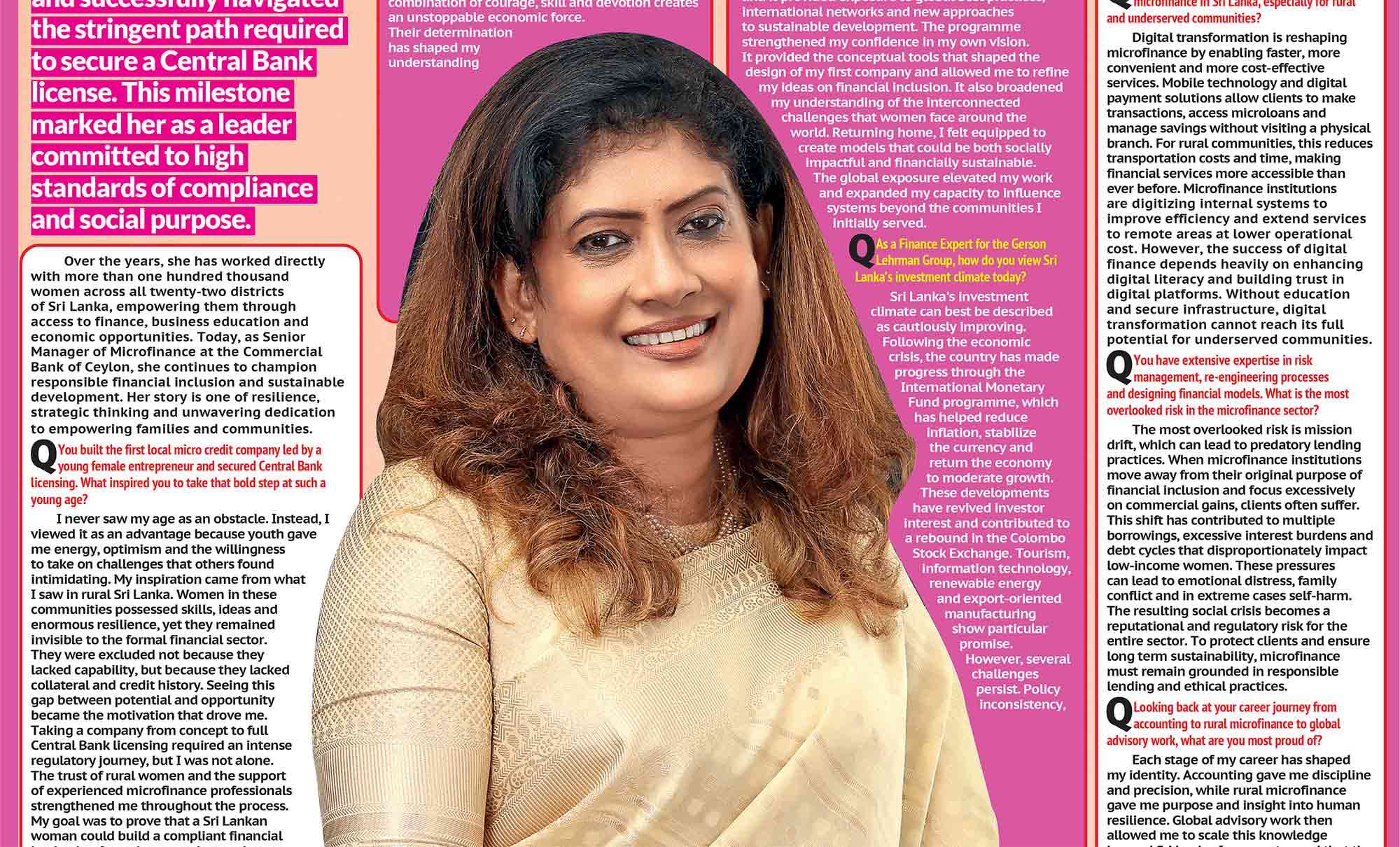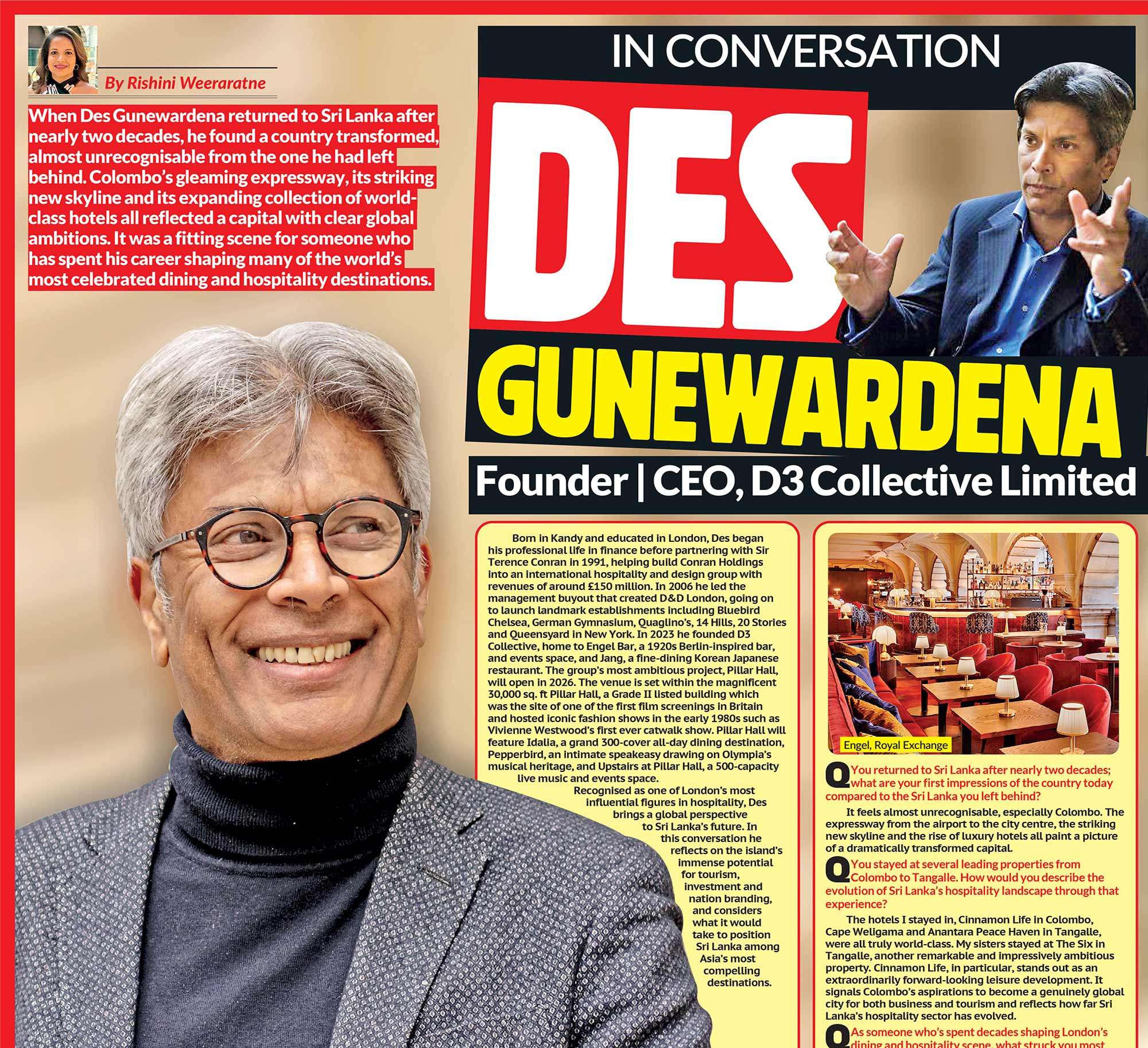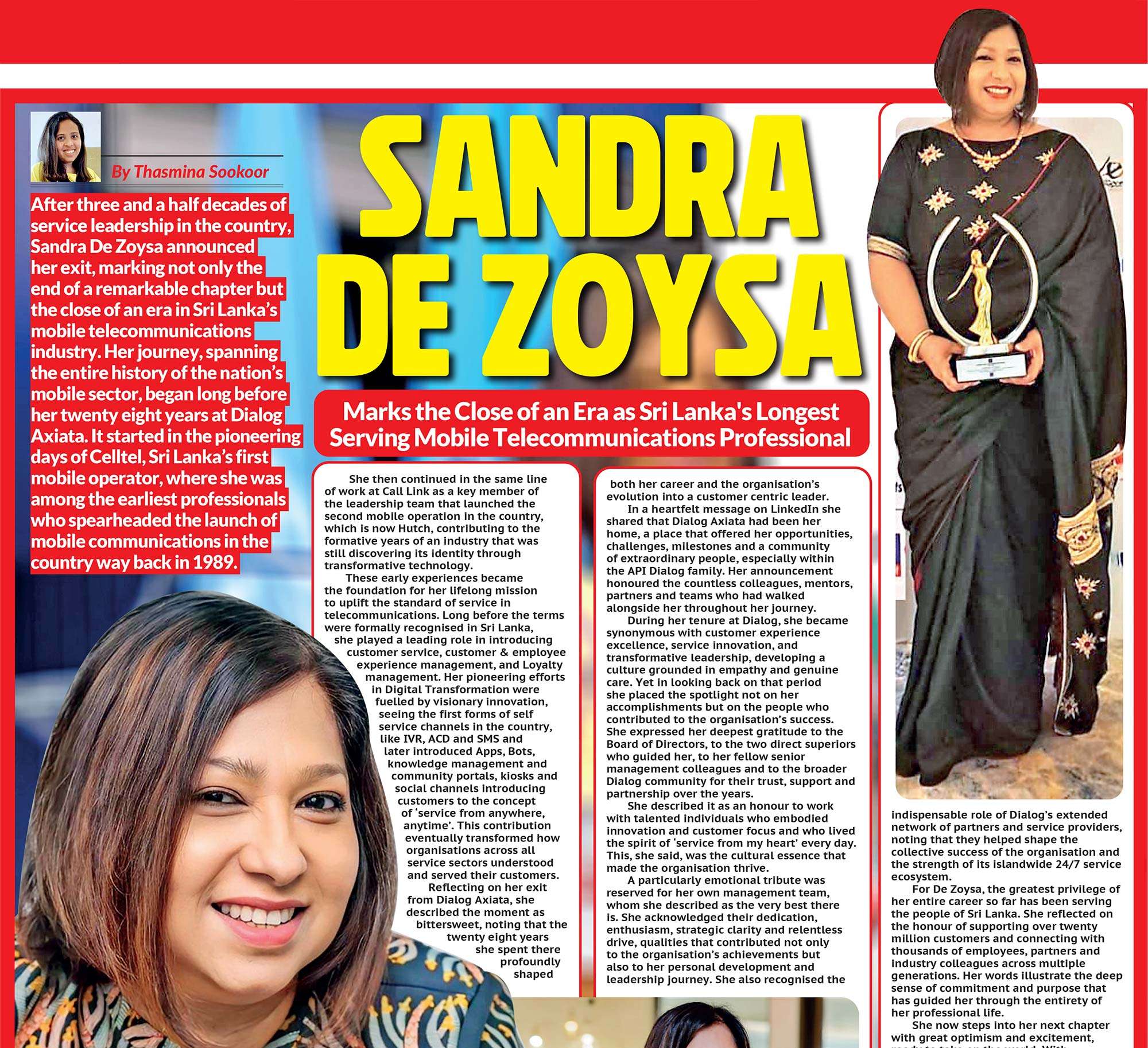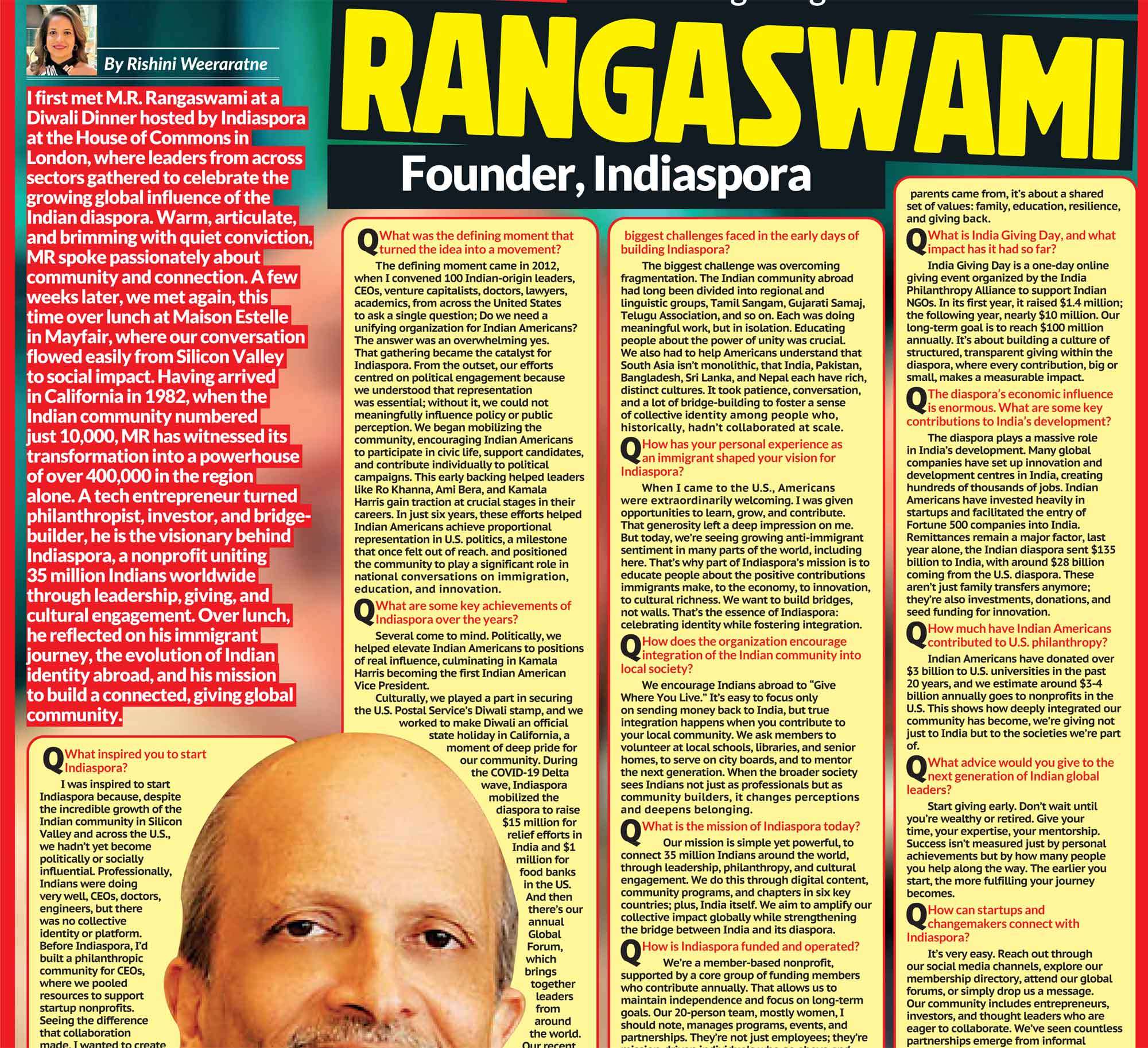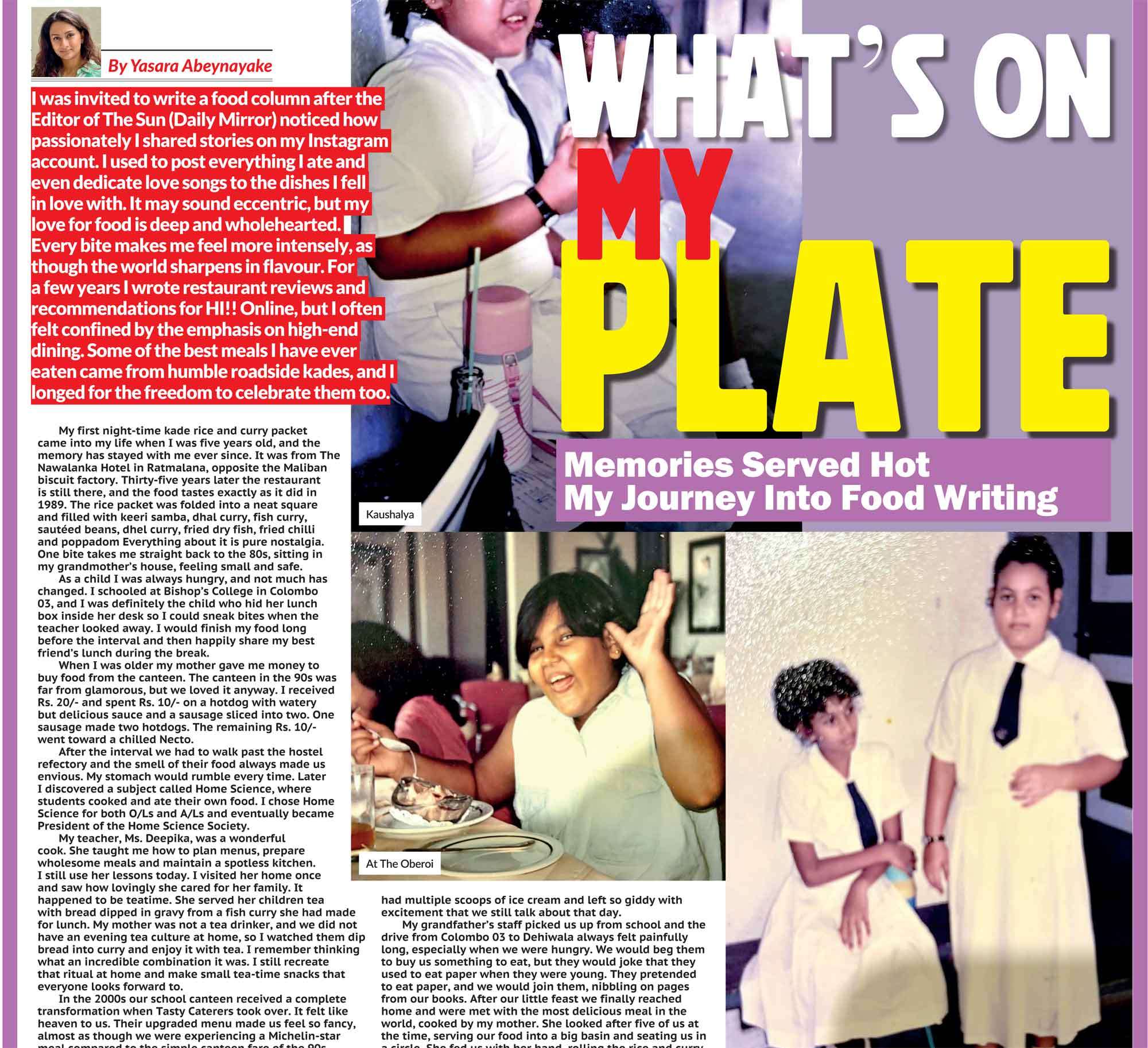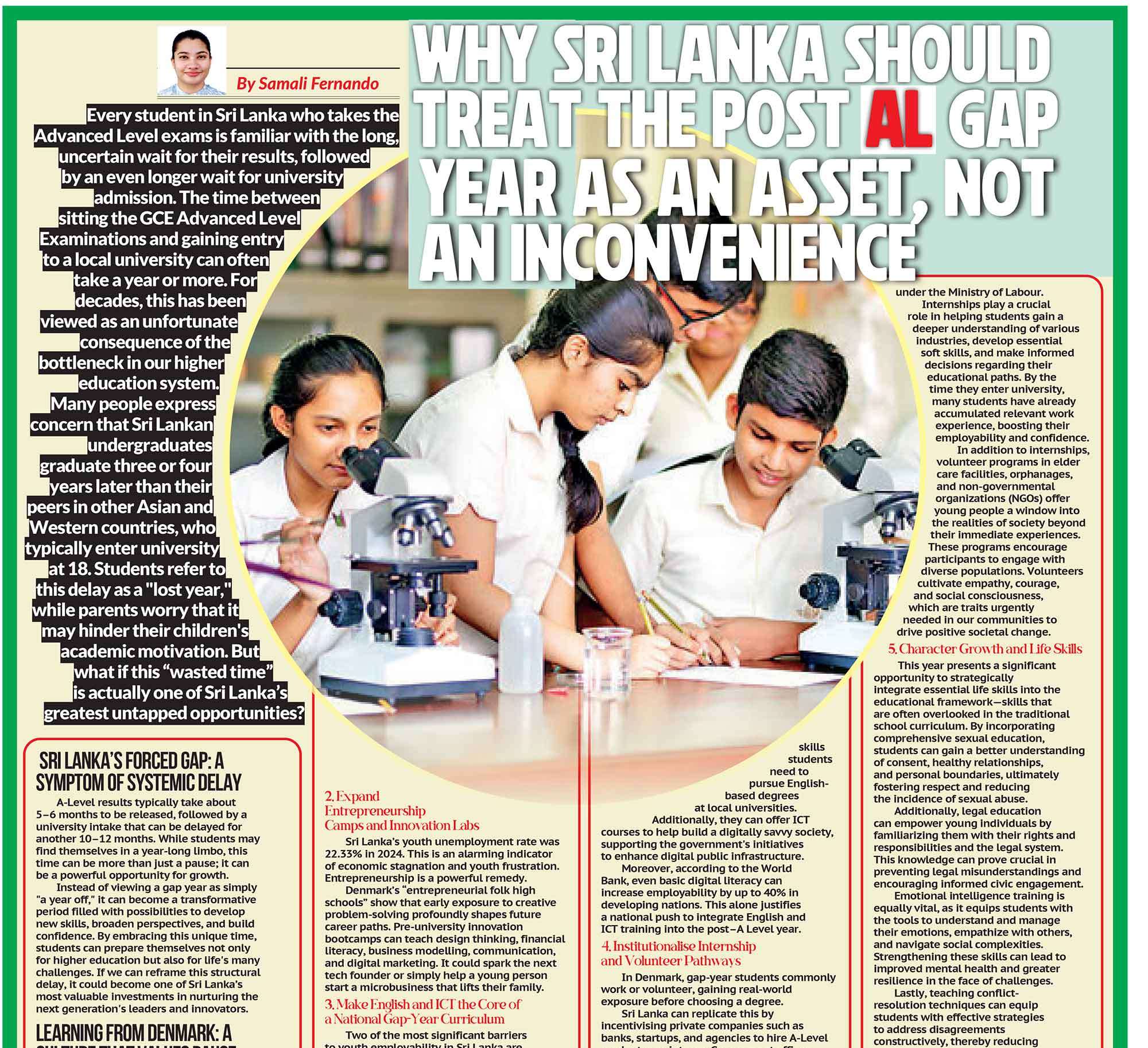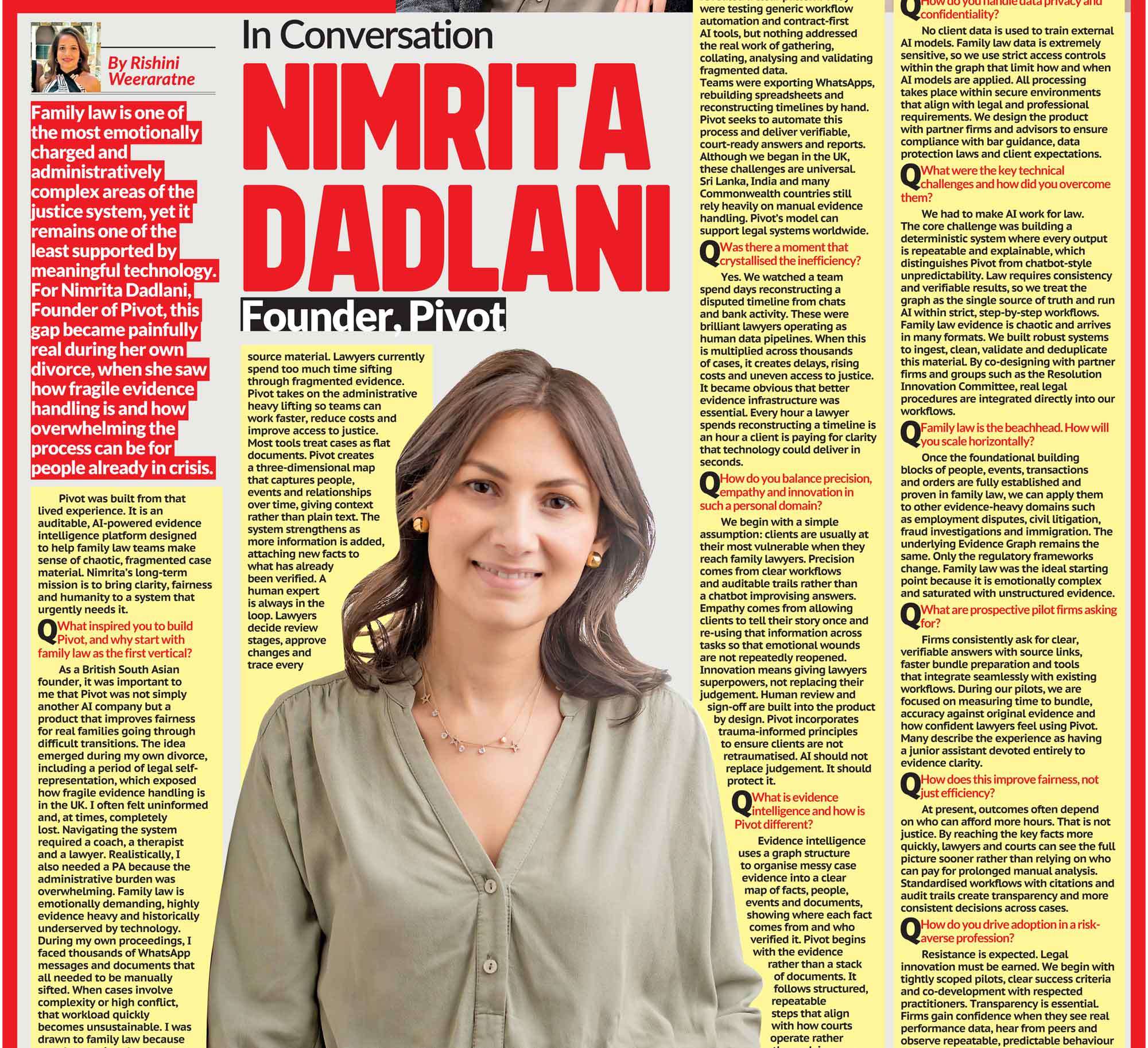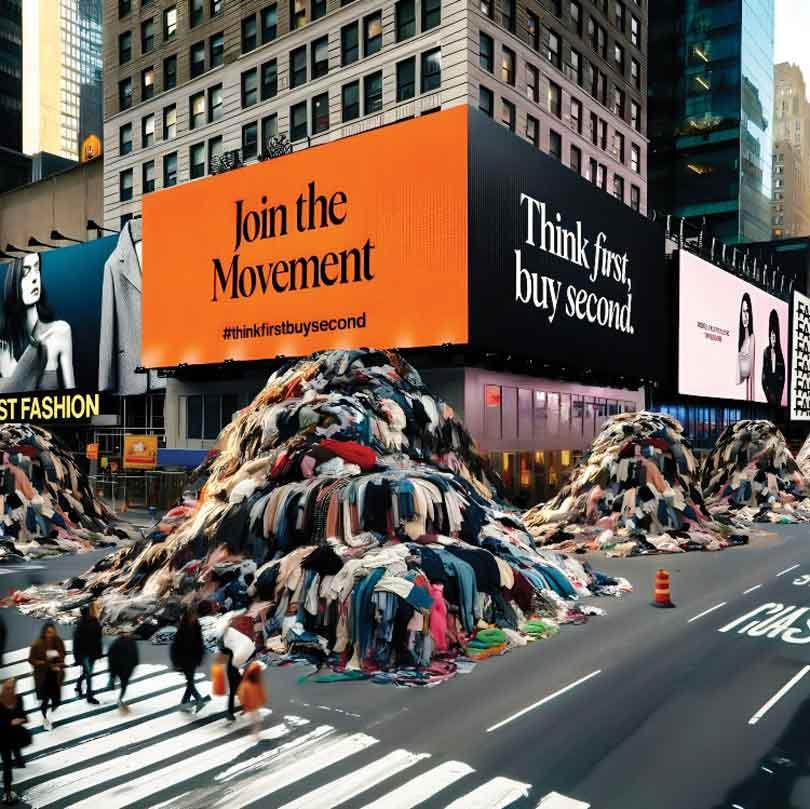
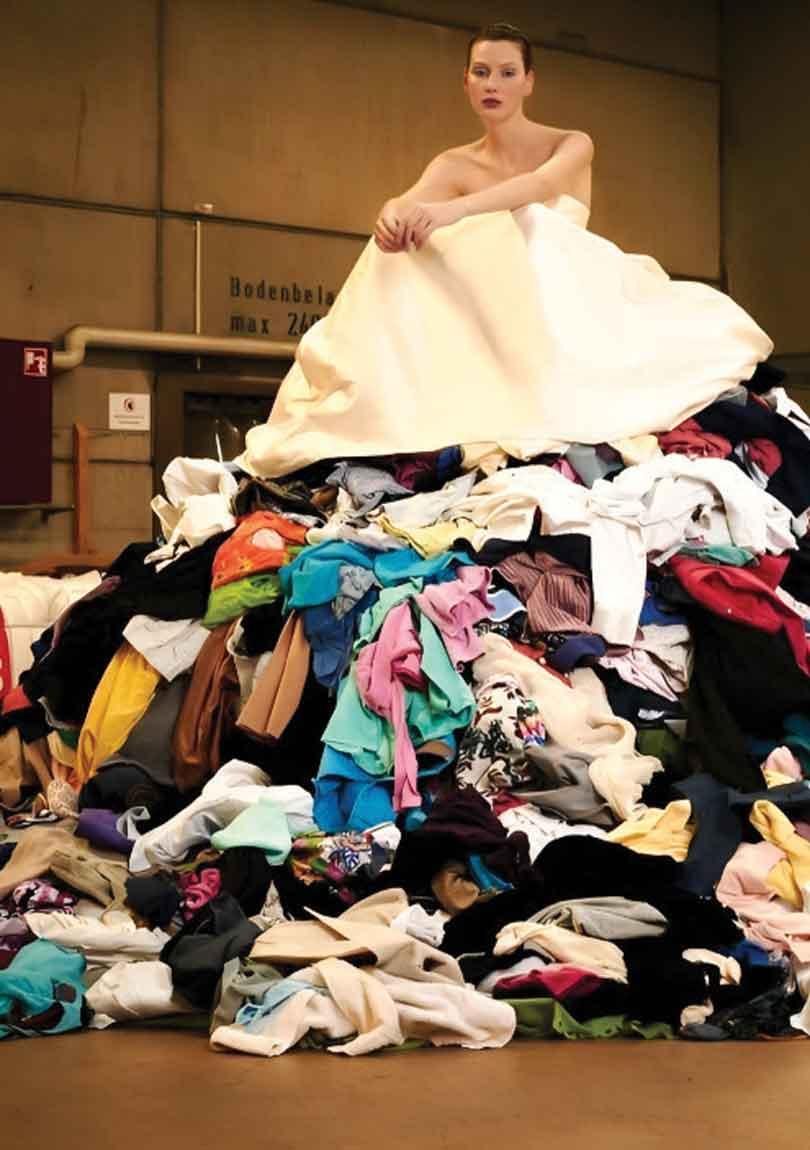
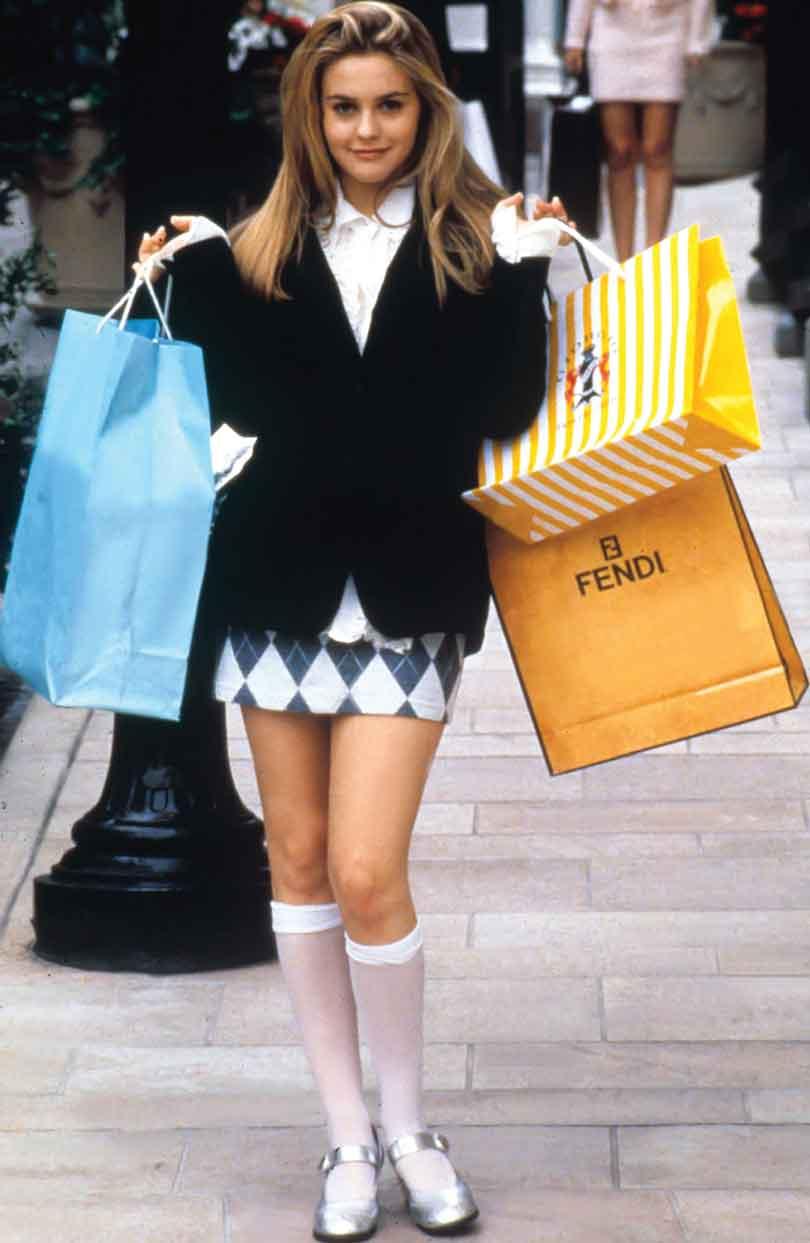
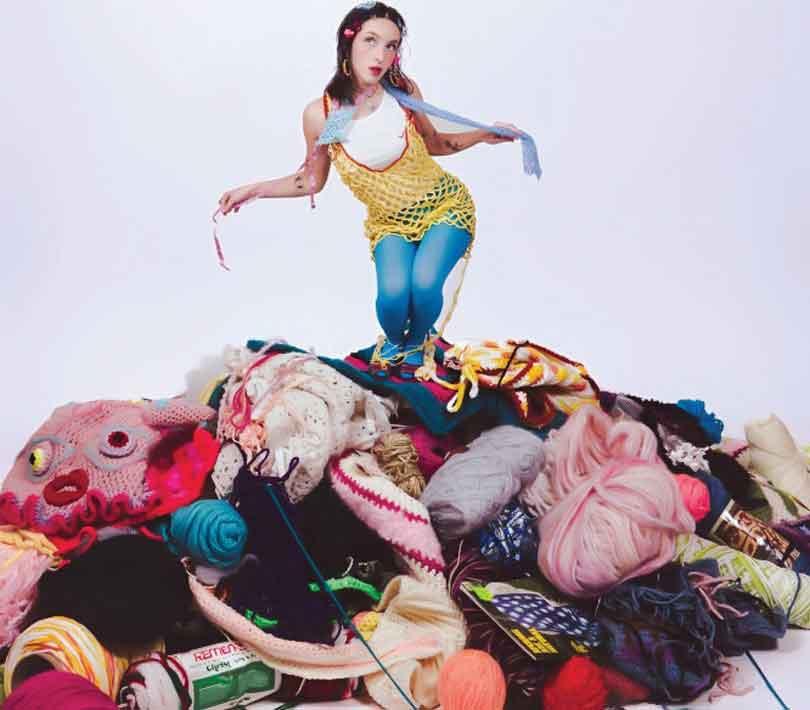
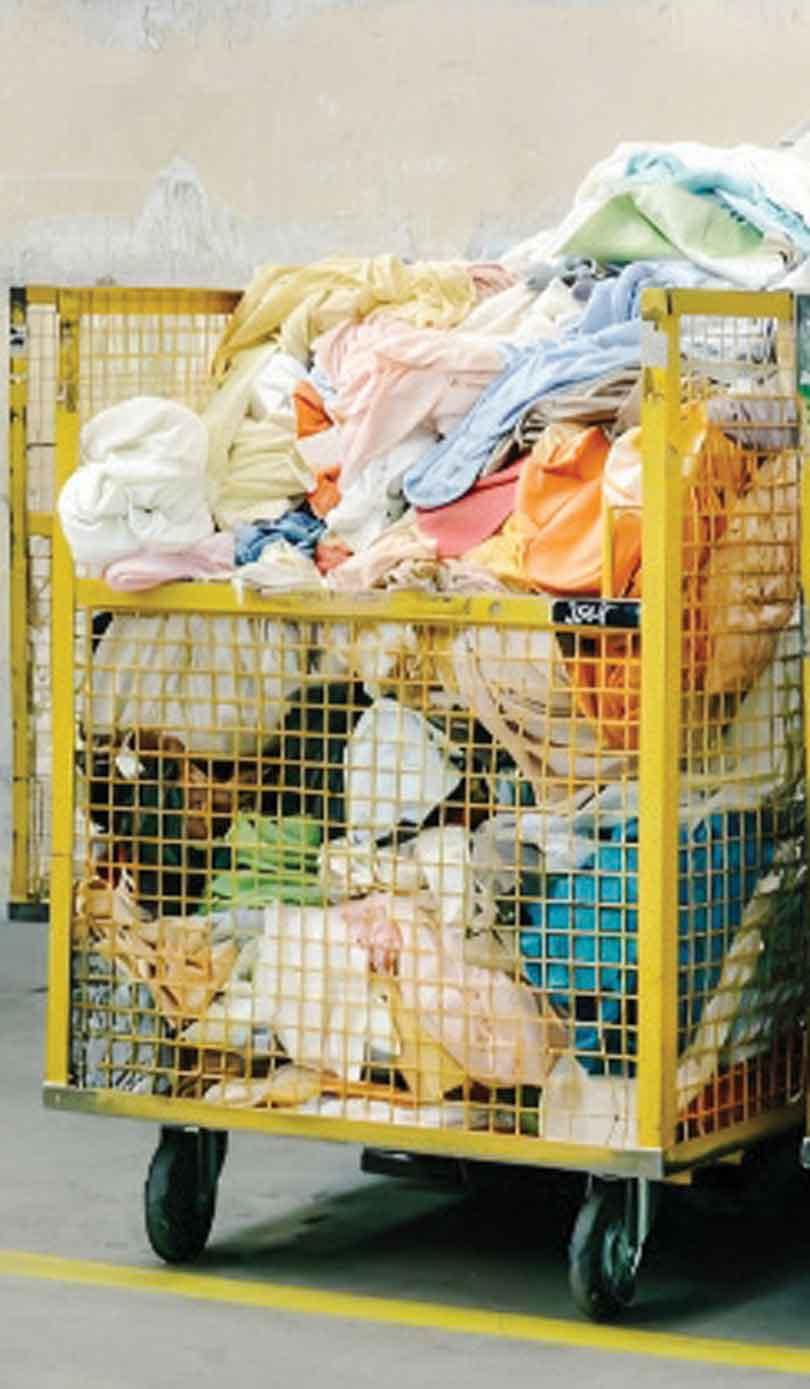
Fashion isn’t just about clothes - it’s a personality test you wear. And lately that test has come with a timer. Everything’s fast now - fast food, fast WiFi, fast replies and of course fast fashion. One week it’s Barbie-core, the next it’s clean girl, and somewhere in between we’re all just trying to keep up when really, you’ve already missed three micro trends and a Zara drop. But as the shelves overflow and the planet pays the price, one question keeps coming back - who’s really driving this chaos? The brands recreating thousands of styles a day, or us, the shoppers who can’t stop hitting “buy now”?
Thrill or Guilt?
Shopping is more than just buying clothes - it’s you getting high. Ever wonder why every swipe, click, or try-on makes you crave more? That’s your brain’s party trio - dopamine, serotonin, and oxytocin - giving your mood a serious lift and making you hit ‘buy now’ with a smile. And with fast fashion, the hit is even stronger: low prices make impulse buys feel like retail therapy… without the therapy bills.
But just like any high has a crash, that instant rush comes with a downside. It’s called cognitive dissonance - the discomfort you feel when your actions and beliefs don’t align. In short, it’s basically guilt-tripping, showing up when you realise the true cost behind that ‘bargain’ buy. To dodge that guilt, shoppers cook up all kinds of excuses - focusing on the savings, downplaying the harm, or just conveniently forgetting the mess it causes. So, turns out, your shopping spree might feel amazing in the moment… but your conscience isn’t always on board.
Brain Hackers or Trend Followers?
Brands know exactly how to play with our brains, and they’re totally manipulating us, from peer pressuring us to creating FOMO, so that we shop more to not feel left out. Throw in influencer collaborations, celebrity endorsements, flash sales and countdown timers, and suddenly every scroll feels like an invitation to buy. At the same time, it’s not just manipulation - it’s adaptation. Fast-fashion brands are lightning quick at spotting cultural cues, from celebrity outfits and looks from movies to trends like Barbiecore, Brat Summer, and the Y2K revival. Instead of using their own brain power to invent trends, they take the shortcut by copying what consumers already crave, producing cheap, fast versions that are accessible. And it works, which goes to show that brands shape desire while cashing in on trends that we’ve helped make viral.
Party-Ready or Mindful?
From weddings to Halloween, your outfit isn’t just fashion - it’s a social scoreboard, and there is an unspoken dress code for every occasion. And to be fair, it’s not exactly a tragedy - no one’s exactly rocking bikinis to weddings. But here’s the real unspoken rule: new outfit, every time. So, last year’s concert outfit? Totally off-limits this year. Every event demands something fresh, and dropping big bucks on a new outfit each time isn’t realistic - enter fast fashion to the rescue.
Not every social event, though, is about “new fit, who this?” Take anti-fast fashion campaigns, celebrities, royals or even the government of France, which is planning fines of up to €10 per piece on ultra-fast fashion and banning their ads by 2030. So it turns out, social pressure isn’t always toxic, and not all trends tell you to shop - some tell you to stop.
Green or Just Greenwashing?
Eco-friendly vibes… or just smoke and mirrors? Some brands greenwash while flooding your feed with new drops - a popular tactic to make us think they’re protecting the environment while really raking in profits. At the same time, some genuinely seem to care, like Patagonia, Reformation, Mango, Nike, and Adidas, showcasing transparency, ethically sourced materials, and recycling programs. Sure, some claims might still be a stretch, but many are verified by third-party sites or backed by genuine sustainable partnerships. Eco or ego? That’s the question every scroll leaves you with.
Bargain Buzz or Wallet Woes?
Why buy one $30 T-shirt when Shein sells ten for the same price? One of the biggest reasons we turn to fast fashion is how cheap it is. Why bother with other brands when fast fashion offers decent quality, endless styles, and instant accessibility - especially since repeating outfits is basically a no-go for Gen Z? With limited budgets but a desire to stay trendy, price is king. Sure, many of us would pay for premium sustainable options if we could, but here’s the paradox: we want affordability… even when we can actually afford more. Believe it or not, Gen Z - the biggest target market for fast fashion - is the wealthiest generation, with global spending power expected to hit a whopping USD 12 trillion by 2030. That’s a lot of clothes, food, houses, cars, and luxury items. Still, with growing wallets and conscience-aware choices, shoppers can decide whether cheap wins or mindful fashion rules.
Budget Cuts or Luxe Touch?
Dollar signs or designer vibes? Fast-fashion brands are always juggling the price game. To satisfy our bargain cravings, they undercut wherever possible, and that often means dodgy shortcuts: synthetic fibres, toxic dyes, and overworked staff pulling crazy hours for tiny pay checks. All in the name of staying trendy and in the game. However, some fast-fashion brands are rolling in cash with prices that aren’t exactly bargain-bin cheap, yet they still cut costs wherever they can - Mango, H&M, Zara, and Victoria’s Secret, just plain stingy. From bargain steals to luxe treats, these brands prove fashion isn’t just about style - it’s a price-fuelled game of ethics too.
So…Who’s Really at Fault?
So, who’s really driving the fast-fashion frenzy - us, scrolling and splurging, or the brands tempting us at every click? Technically, the brands are the ones harming the environment… but spoiler: it’s really us, the consumers. Price drives what we buy, and to stay competitive, brands often trade sustainability for lower costs - fuelling the fast-fashion machine. And yes, while both brands and consumers share the blame, at the end of the day, it comes down to us, because our choices - what we want and what we buy - set the rules for how brands play the game. So go ahead and shop… just don’t forget who’s really calling the shots. Hint: it’s you. Enjoy your guilt trip.


